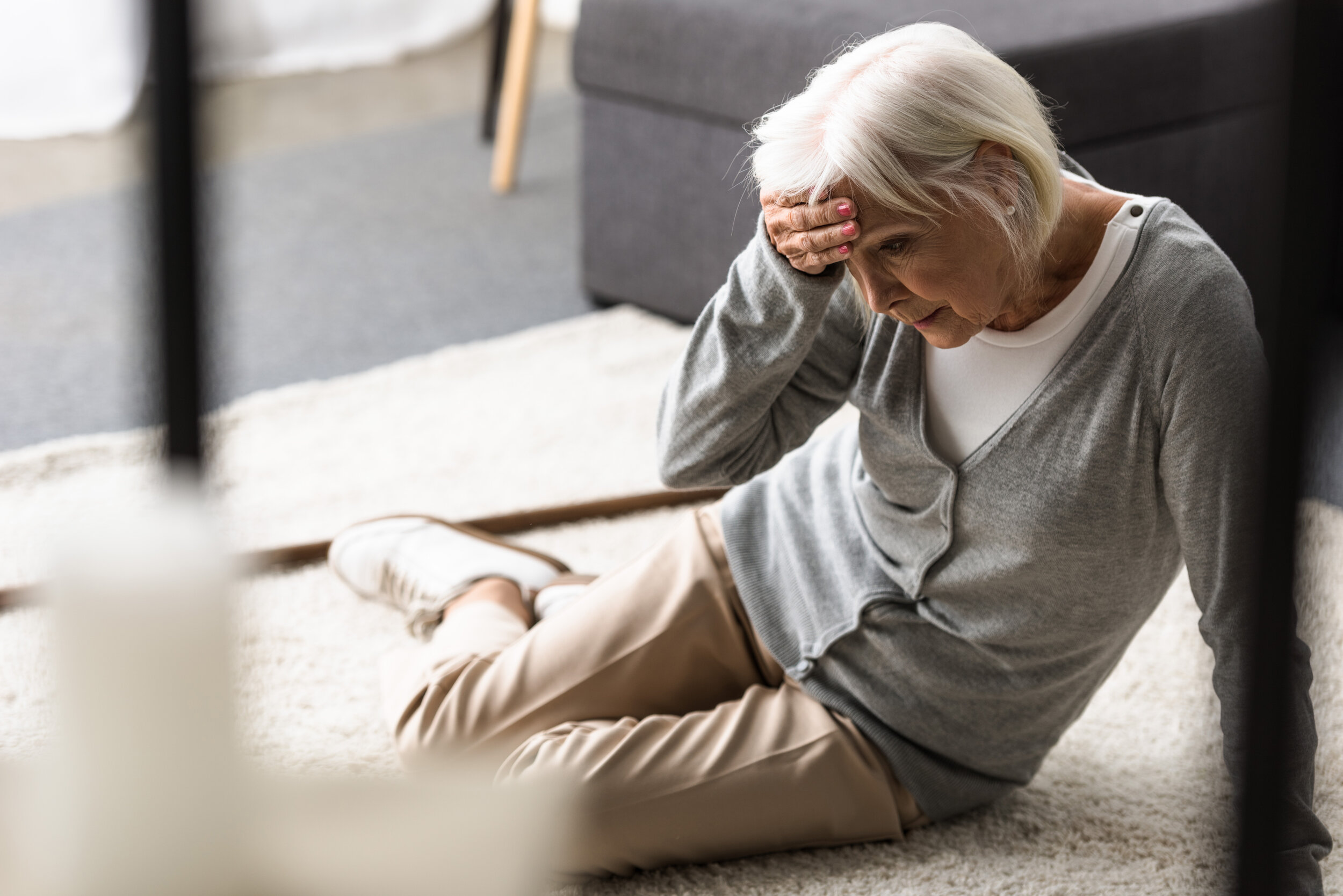Dizziness and Aging
Do you know that more than 7 million Americans exceeding 65 years of age have complaints of disorders of balance? An assortment of environmental and lifestyle factors are responsible for an increased frequency of balance disorders and dizziness in older persons. These include limited mobility, absence of activities and frequent use of medications, having the common adverse reaction of dizziness.
Regarding patients referred to hearing and balance clinics, Benign paroxysmal positional vertigo (BPPV) is by far the most common diagnosis in patients with dizziness. It is more common in the elderly, owing to the continuous degradation of the balance centers of the inner ear. Small crystals known as otoliths break off in the inner ear and move freely giving a feeling of spinning.
The more serious Meniere’s disease (MD) is a combination of vertigo, tinnitus (ringing in the ears), and hearing loss. Individuals suffer from episodes of attacks leading to injury and degeneration of the hearing apparatus. The etiology of the disease is caused by an excess of fluid in the balance canals, endolymphatic hydrops. The goal of treatment is to provide stable body fluid levels so that secondary fluctuations in inner ear fluid can be avoided.
Recent research indicates a pattern of similarity between MD and BPPV, including the age of onset, raising the conceivable possibility that detached ear crystals, an event which could be promoted by metabolic disturbances associated with oxidative stress, might represent the fundamental cause of MD. This is plausible because there is a higher frequency of BPPV patients with diseases of aging, high blood pressure, diabetes, arthritis, and osteoporosis, all with a predominant etiology of oxidative stress. People with more than one of these chronic diseases have the highest frequency of BPPV validating the higher level of oxidative stress as a cause.
The presence of dizziness constitutes a major predictor of falls in the elderly, which are the leading cause of accidental death after the age of 65 years. Additionally, falls are the cause of 70% of accidental death in people older than 75 years.
Falls create a downward cycle in the elderly, leading to a reduction in activities. The limitation in activity originates from the fear of more falls and the risks of trauma and injury
For older patients with chronic balance impairment, the environment demands greater postural control, making everyday tasks more challenging to perform. In the outdoor environment, visual target stabilization, movement of the head and neck in coordination with the trunk, and dynamic balance to confront any obstacle, are probably much more difficult to achieve.
The consequences for the elderly in these circumstances is their loss of independence and mobility.
Diagnosis
BPPV is established by positional manoeuvres. The test is performed by bringing down the patient rapidly from a sitting position to a position with the head hanging 20°–40° below horizontal. The response is considered positive when the patient complains of vertigo and accompanying nystagmus, a rapid involuntary movement of the eyes is observed.
MD is now diagnosed by MRI scan along with the clinical presentation.
Treatment
The major evolution in the treatment of BPPV was the “crystal repositioning procedure” (CRP) induced by Epley in 1992. A process whereby the crystals are reset in your ear through various manoeuvres. The success rate can be as high as 85%. Vitamin D has been helpful in patients with osteoporosis.
Meniere’s Disease is very difficult to cure, but there are ways to decrease the frequency of episodes with restrictions of salt, sugar, alcohol, caffeine and large amounts of fluid intake.
Emerging evidence has given rise to the fact that there is a systemic oxidant disorder, where excessive production of free radicals and oxidative stress promotes microvascular damage, which is involved in the development of MD and BPPV.
Aging damage to the hearing and balance organelles can certainly be limited, prevented and even treated in mature populations with proper testing.
Micro-nutritionally testing and targeted antioxidant therapy can reduce the progressive damage to these vital perceptional structures in our bodies.
Why take the risks of falling and loss of your mobility and independence? Get ahead of the curve and start getting your testing today, don’t wait.
Set up your appointment with me, Dr. Jack Palmer now! Click here to book.

